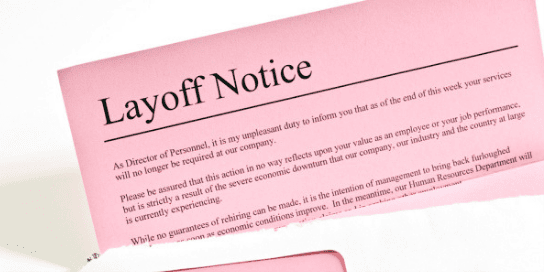|
Could you retire at age 50? What if you had to? Over ½ of ALL workers could be forced into retirement by age 50, according to ProPublica, and the Urban Institute. No, there’s no way this would happen to you though, right? Right? Listen, I’m not preparing for a comedy club set. Let’s be honest. It could happen to you or someone you know. Let’s figure out if you are ready.
Could you retire? In five, ten, or 15 years?
Probably the most likely life stressor
Get started – Answer these top 3 Questions! How much income do you need every month to live? 1. Last three monthly credit card statements, let’s take the average of all three, and remove any large one-time expenses. If you believe this is not an accurate estimate of your spending, take the last six-month average. 2. Checking account, use your last three months of checking account statements for expenses: these will include, mortgage/rent, utilities, and other recurring expenses. Take the average of all three. Add those two together. In my professional experience, and opinion, many times, that is within 75% to 80% accuracy of your current monthly spending. Let’s say “all-in” you have an income need range from $7,500 to $8,750 a month.
Next Question: How big does your portfolio need to be to produce that level of income?
These are important questions you’ll want to answer. Using other analysis tools and rules like Monte Carlo analysis (scenario analysis and the probability of success), guardrails (take less when the market is down and more when it’s up), and/or other methods of analysis are key in giving yourself confidence. Each will help you identify blind spots, if used correctly. Don’t forget, you will also need to add in your social security, deferred compensation, pension, life insurance withdrawals, annuities, real estate income, and other cashflows you might be expecting.
How do you get to YOUR number quicker, with less risk, and more money? This is the key area. Planning, but more importantly EXECUTION. “47% of plan participants surveyed believed they were contributing the max to their employer-sponsored retirement plans, only 11% actually were.”– According to Jamie Kalamarides, a senior vice president at CIGNA Retirement and Investment Services.
Something as simple as maxing out a retirement plan is missed by almost 80% of people who believe they are doing something that seems simple.
Almost every client we work with has a great foundation. Rarely do our potential clients make key mistakes. However, there are many things they think they are doing right that are off, or they are missing.
If you have five or ten years before you might lose your job, isn’t it more important that you get each of the next key financial decisions, right? There are four categories to think about. Investment management, financial planning, tax strategy and prep, and your time and peace of mind. We use a 40-point internal checklist to ensure we can add value to a potential client, and quantify it (best we can).
So, what are YOUR most IMPORTANT financial decisions or actions to prepare you to retire at age 50? |










